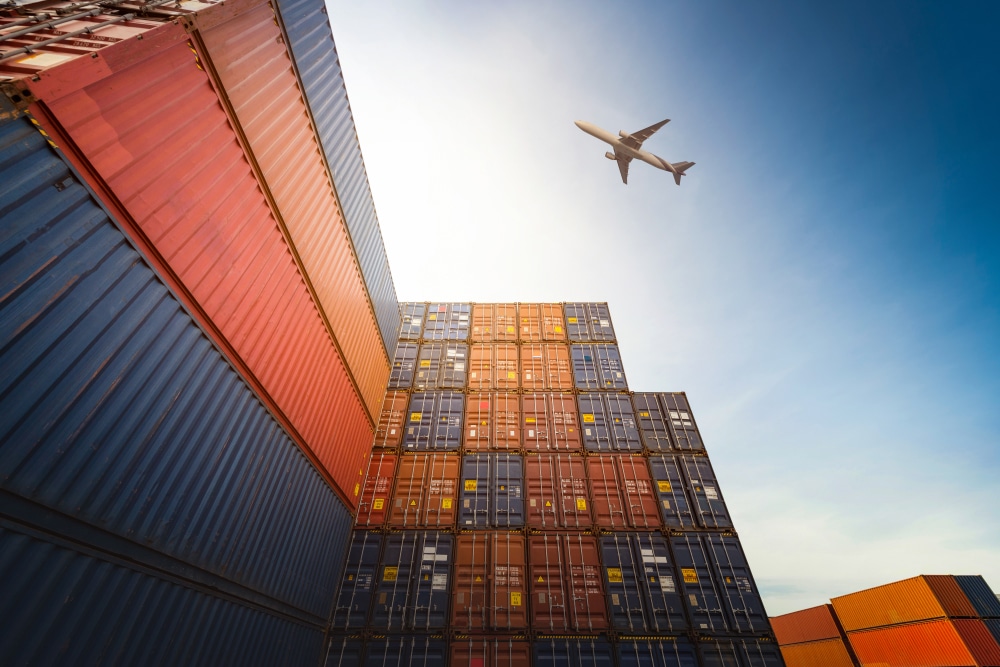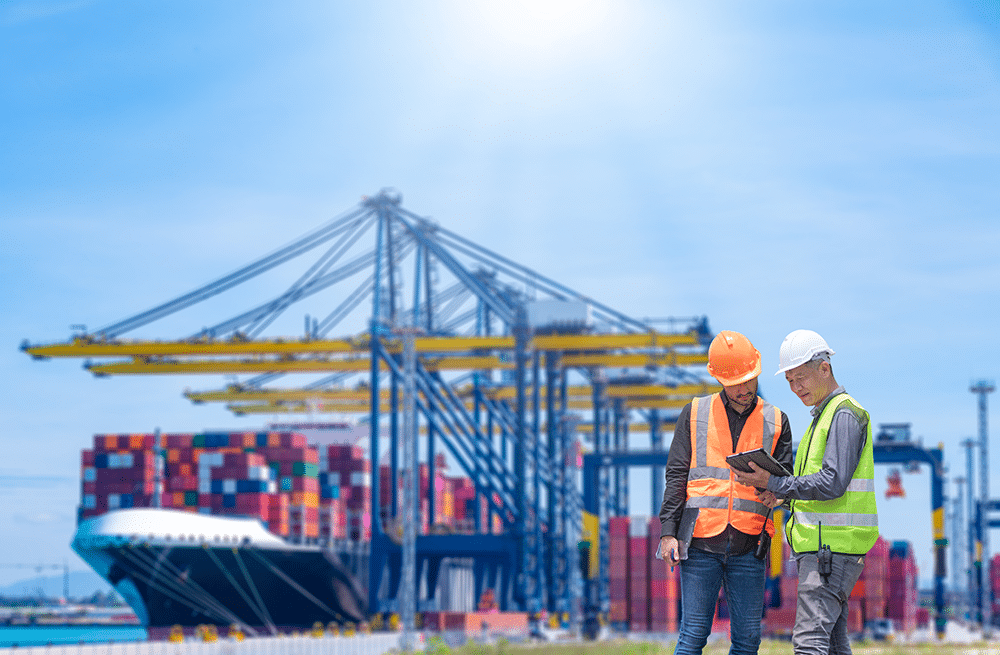An unexpected surge in demand could complicate global import logistics, raising prices for U.S. importers. So far, global GDP growth has remained broadly positive this year, with growth rates consistently above expectations. Reports also indicate that manufacturing PMIs are at their highest level in almost two years, and a rising demand for shipping space seems to reflect this.
The increase in demand has taken the market by surprise. Normally, the peak season would be in the fall, and spring would be considered a quieter time. There is no clear explanation for why demand has suddenly picked up, whether it is re-stocking or concerns over geopolitical issues, but U.S. imports from Asia surged over 19% in 2024 so far. And with retailers forecasting continued strong demand, the expectation is that the increase could continue.

As a result, the tightening of vessel space from Asia has sent the Shanghai Containerized Freight Index (SCFI) to its highest level since September 2022. The index rose 19% this month, resulting in spot rates rising, carriers rolling containers into subsequent voyages, and the implementation of general rate increases (GRI) across multiple routes, particularly Asia to the West Coast. There is another GRI scheduled for June 1, and it seems likely to hold.
Import logistics impact to your metal spend, and knowledge is key in navigating market fluctuations. Don’t miss out on MetalMiner’s expert analysis and up-to-date information. Subscribe to MetalMiner’s free weekly newsletter.
Import Logistics Face Hurdles on Multiple Fronts
Importers can expect a degree of disruption from a number of quarters over the coming months. Apart from tight vessel space potentially delaying shipments from origin, a number of U.S. side import logistics threats also remain.
Disruption in Los Angeles-Long Beach following an almost 1/3 increase in imports from Asia in Q1 recently began to ease. Nearly 2m TEU’s were imported in Q1, resulting in backlogs at terminals, an increase in eastbound rail movements, and a chronic shortage of returning rail cars. But the disruption is not over. Analysts currently expect imports to rise a further 5.5% in May, 8.9% in June, 6.6% in July, and 6.9% in August.
East Coast Braces for Labor Turmoil
Meanwhile, the East Coast faces its own challenges, particularly with the expiration of the International Longshoremen’s Association labor contract looming in late September. So far, neither party has agreed to a deal. And amid strong demand and an election year, unions may feel they have the whip hand to play hardball.

Unless there is a sudden softening in demand, which seems doubtful, rates will likely continue to rise into H2, meaning importers on contracts may face steep rises at renewals. To the extent importers can fix rates or require suppliers to agree to fixed U.S. port-delivered prices, early action may avoid later pain.
Decode metal market volatility’s impact on earnings with the Monthly Metals Outlook report. Start with a free sample.




